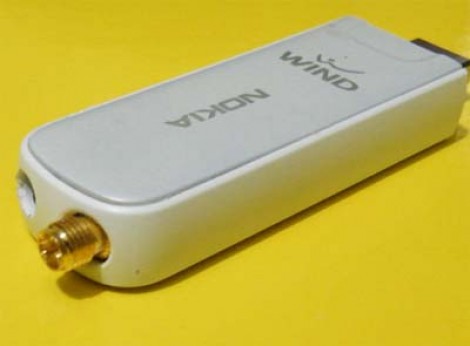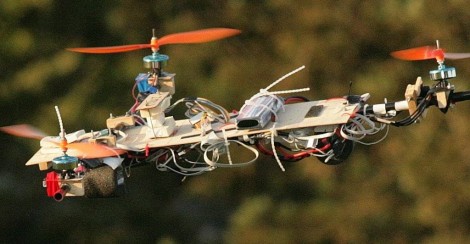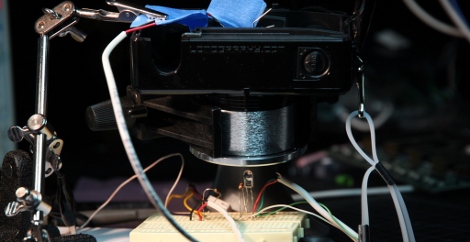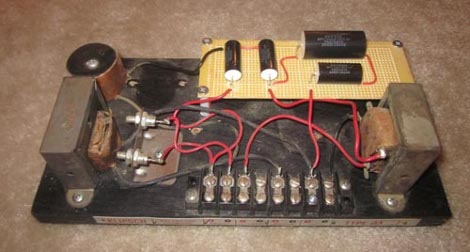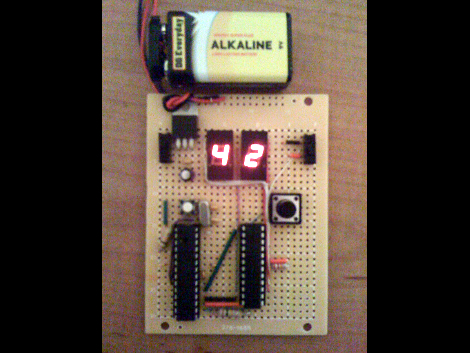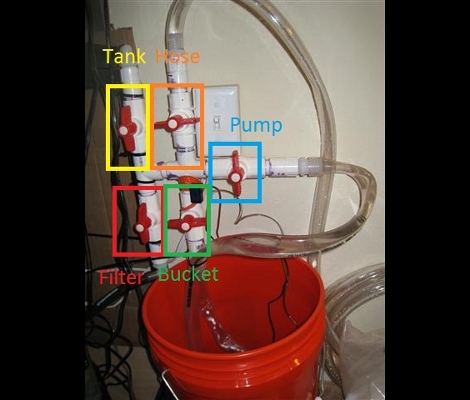
If you want happy fish you’re going to need to do regular aquarium maintenance. Part of this is exchanging a portion of the tank’s water on a regular basis. [Bill Porter] came up with a water exchanger that means less manual labor, but makes the process just a bit more complicated.
So, what he would do before is fill a few buckets from the aquarium and dump them down the toilet. Then mix up a few buckets of salt water and add them back to the aquarium. This meant carrying several trips worth of heavy, dripping buckets through the house. What he has now is a gravity fed system into the orange bucket with a bilge pump to evacuate the old water from that bucket into the kitchen sink. The bilge can then be used to circulate water through the aquarium and the bucket, while filling with a hose from the kitchen sink and mixing in salt and chemicals. Less trips, no drips, but you’ve got to know what you’re doing with all of those valves.
We love seeing aquarium hacks like [Bill’s], or cooling the tank lights while heating the water, or just a fancy lighting setup in general. So if you’ve got some of your own, don’t forget to send in a tip about them.

